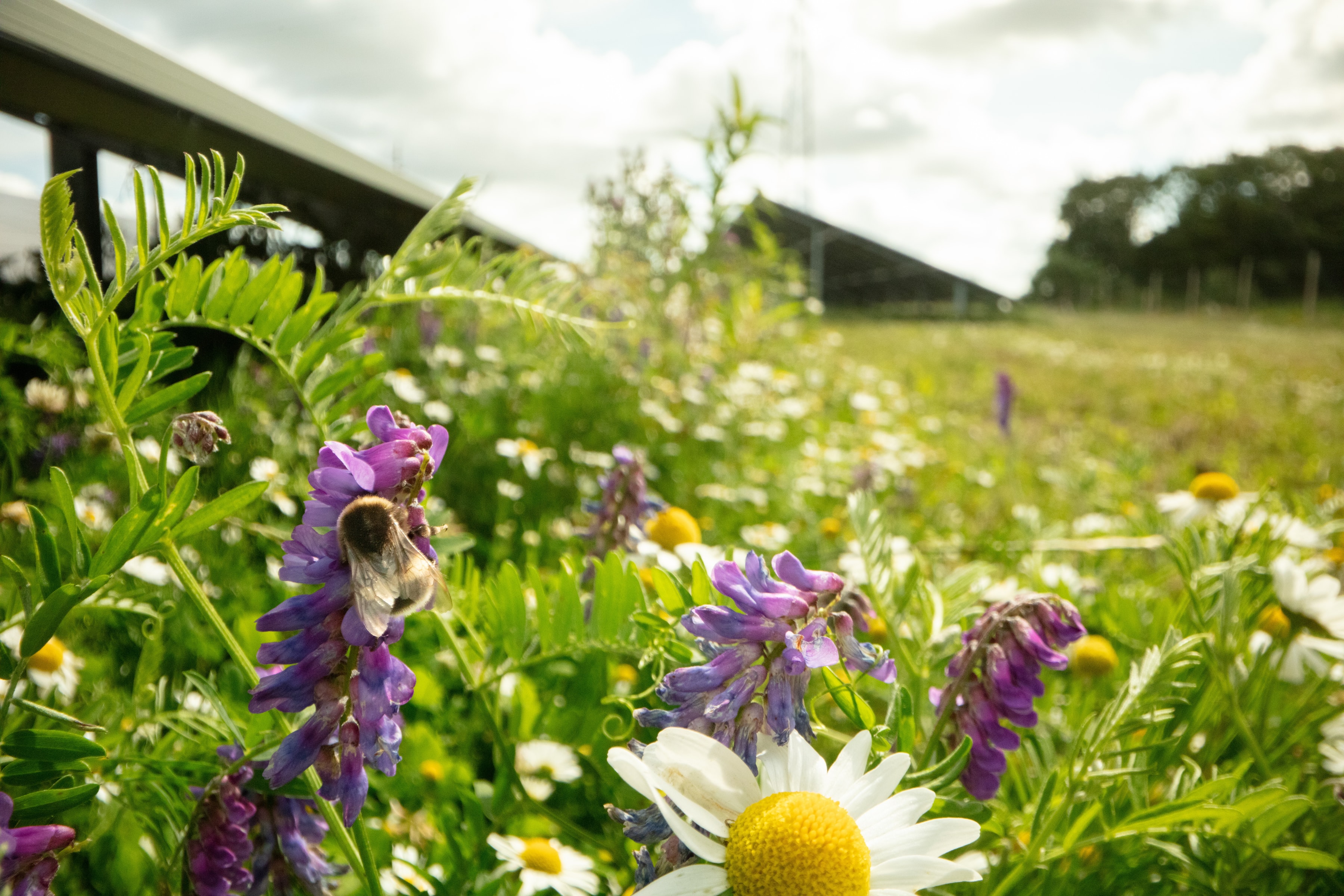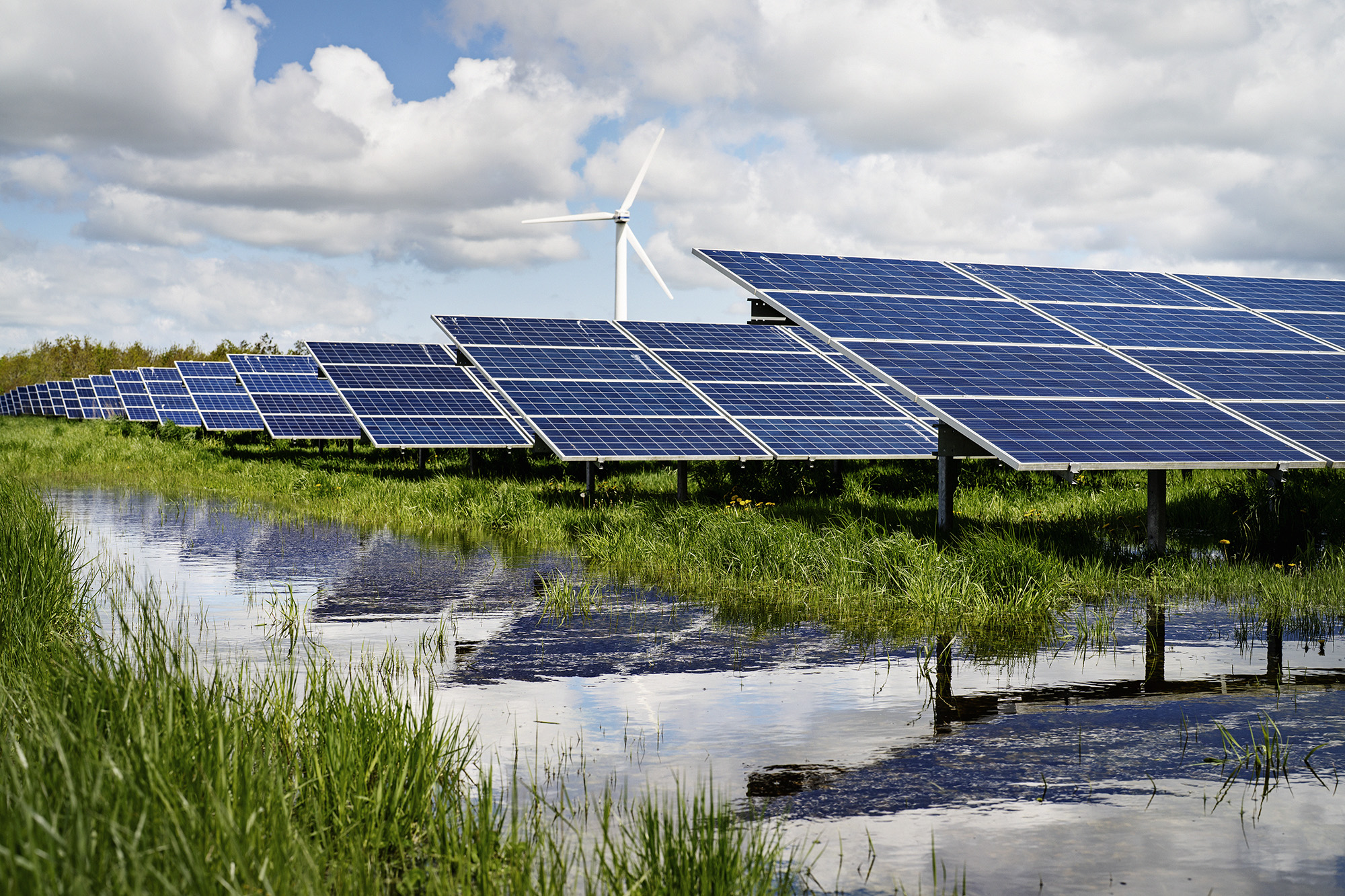Microhabitats
Microhabitats support biodiversity and exist in many forms and are great for improving the lives of smaller creatures such as insects, reptiles, spiders and worms. Below are initiatives Better Energy has implemented in our solar parks to support these habitats.
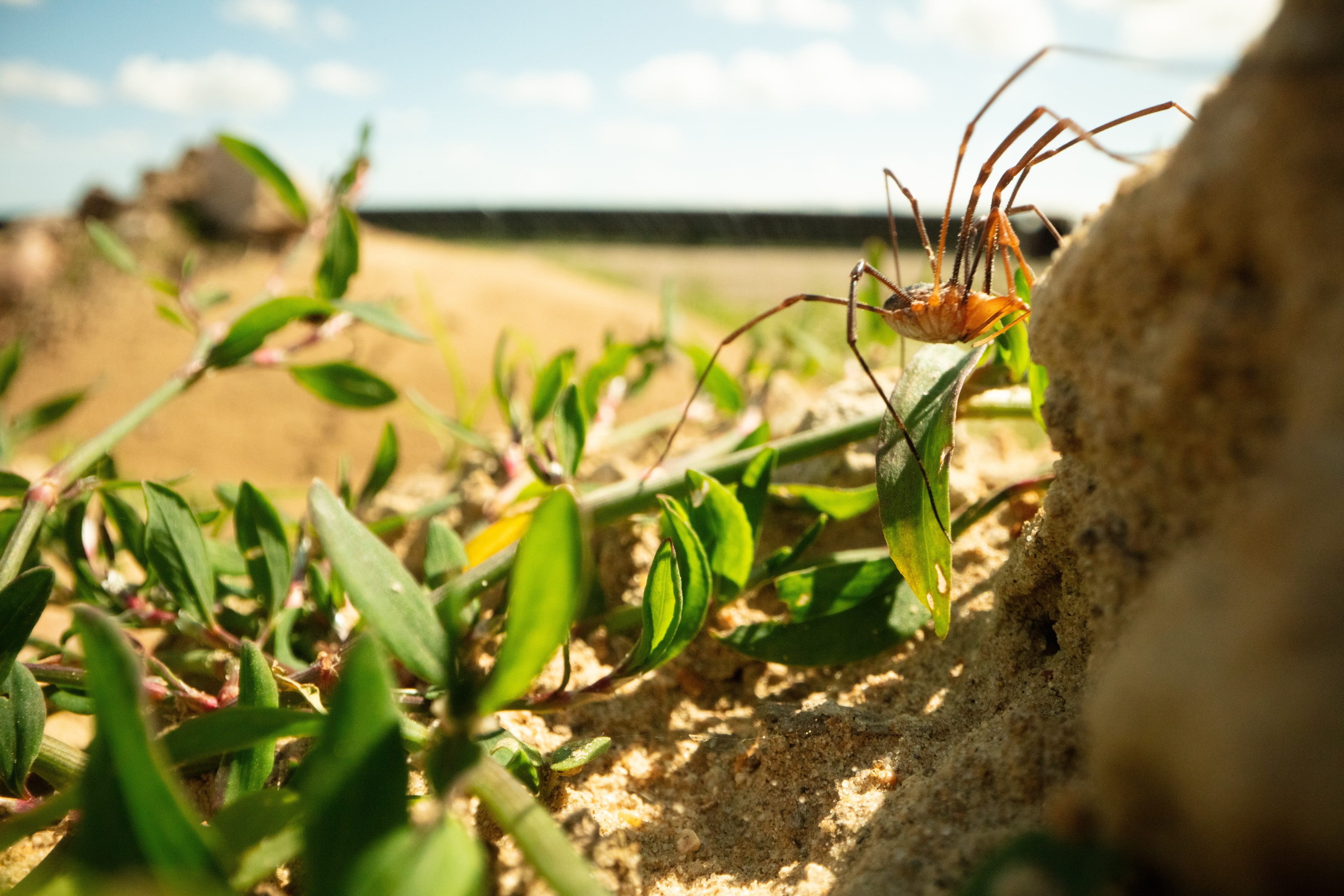
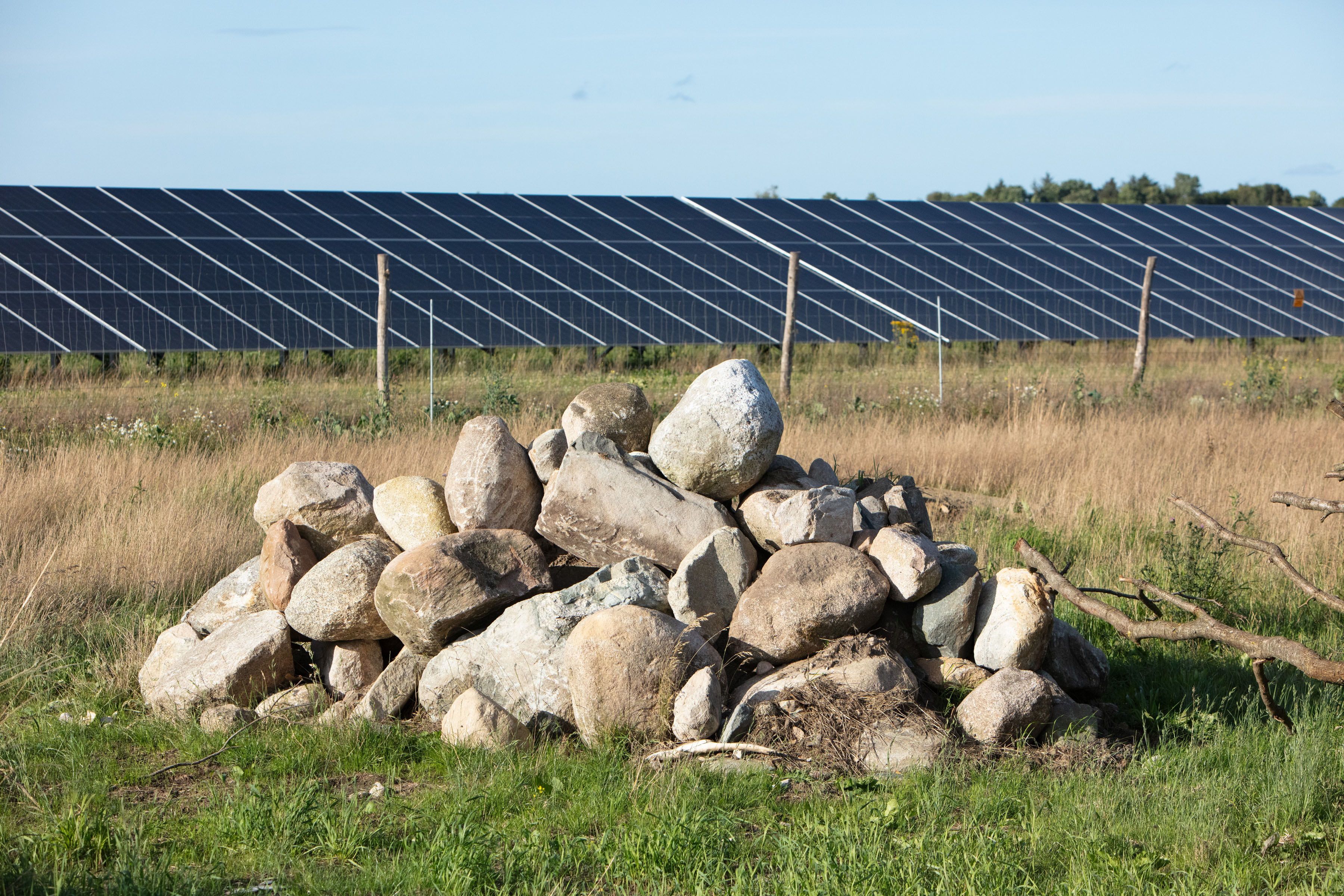
Stone piles
In our parks, we preserve stones as much as possible and create stone piles when moving them. These piles offer extra habitats in the landscape, with crevices providing shelter for small animals and niches for plants. The heat absorbed by stones creates warm microclimates, benefiting reptiles and certain insects that rely on warmth to regulate their body temperature. This can enhance reptile activity and diversity in the area.
Afforestation
Better Energy plants forests or trees in selected areas throughout solar parks, generating diverse microclimates and habitats for wildlife. Afforestation enhances landscape connectivity, facilitating movement for aquatic species between habitats. It offers numerous ecosystem services benefiting both wildlife and humans, such as water retention, groundwater recharge, filtration, and ecosystem health maintenance.
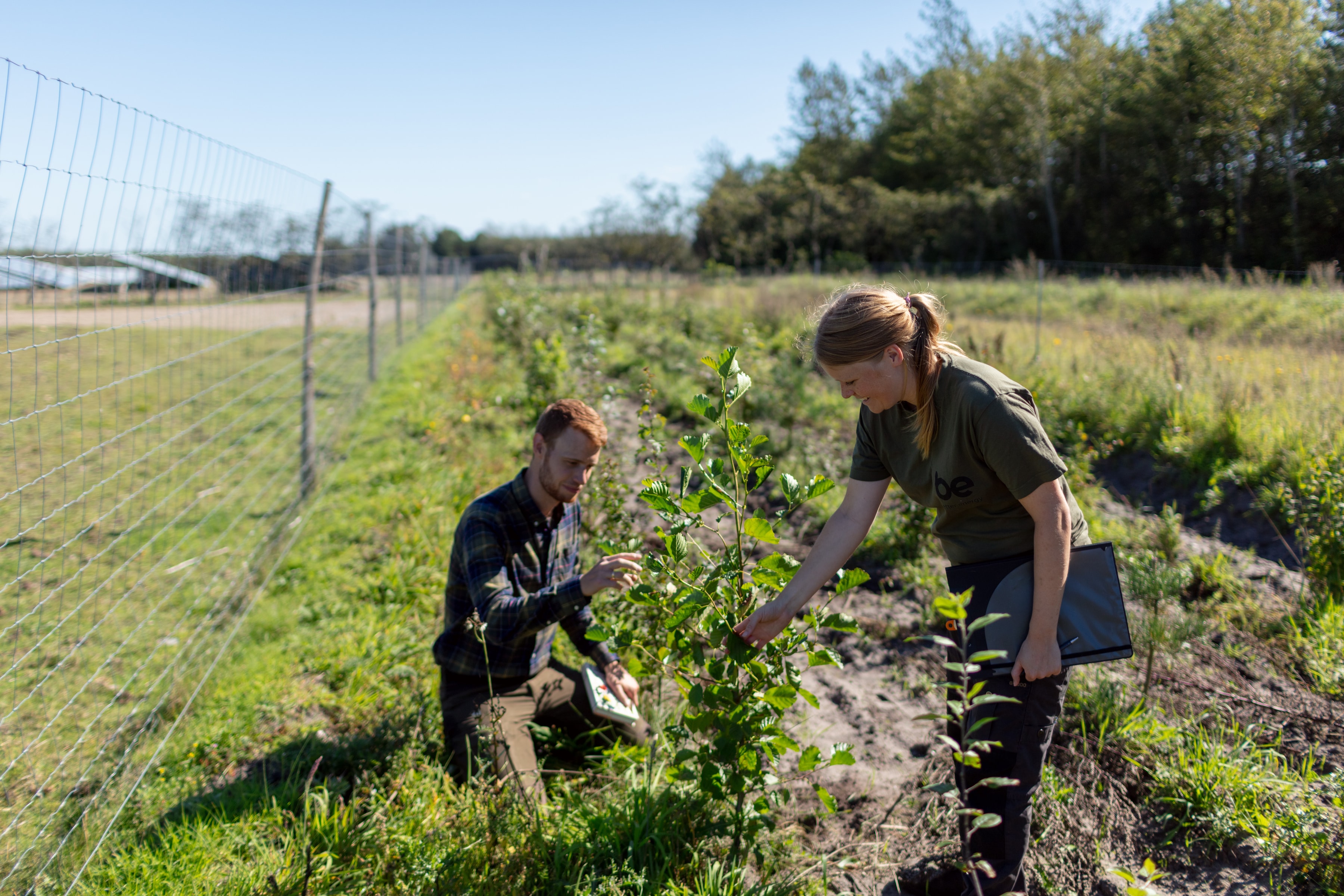
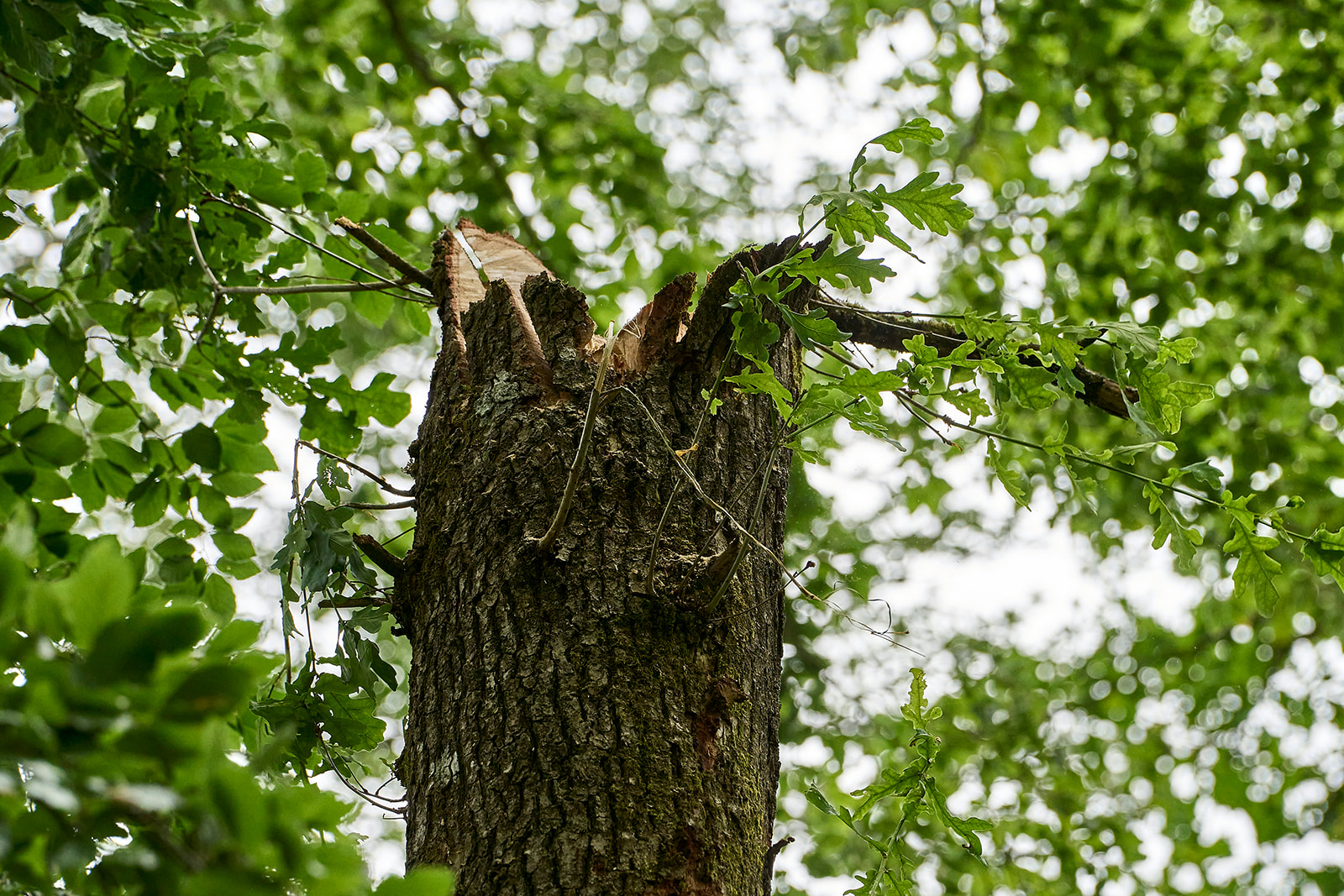
Trees and wood
When possible, we preserve trees to support nature and wildlife. Leaving dead wood in the area creates habitats for fungi, insects, and other creatures, enhancing biodiversity. Wood also helps retain moisture, creating cool microhabitats for a variety of species. Standing dead wood serves as a shelter for animals like bats and birds, contributing to the natural processes of the forest. Dead wood is also an important food source for fungi and insects. In turn, the insects and fungi become food for birds and other animals later.
Bird and bat boxes
They provide additional nesting opportunities, particularly in areas where natural nesting spots are limited. To be a success, it is important to place the boxes appropriately, considering factors like suitable habitat, food sources and predator protection. We support different species by placing a variety of boxes in the park. These boxes differ in terms of design and size to accommodate different species.
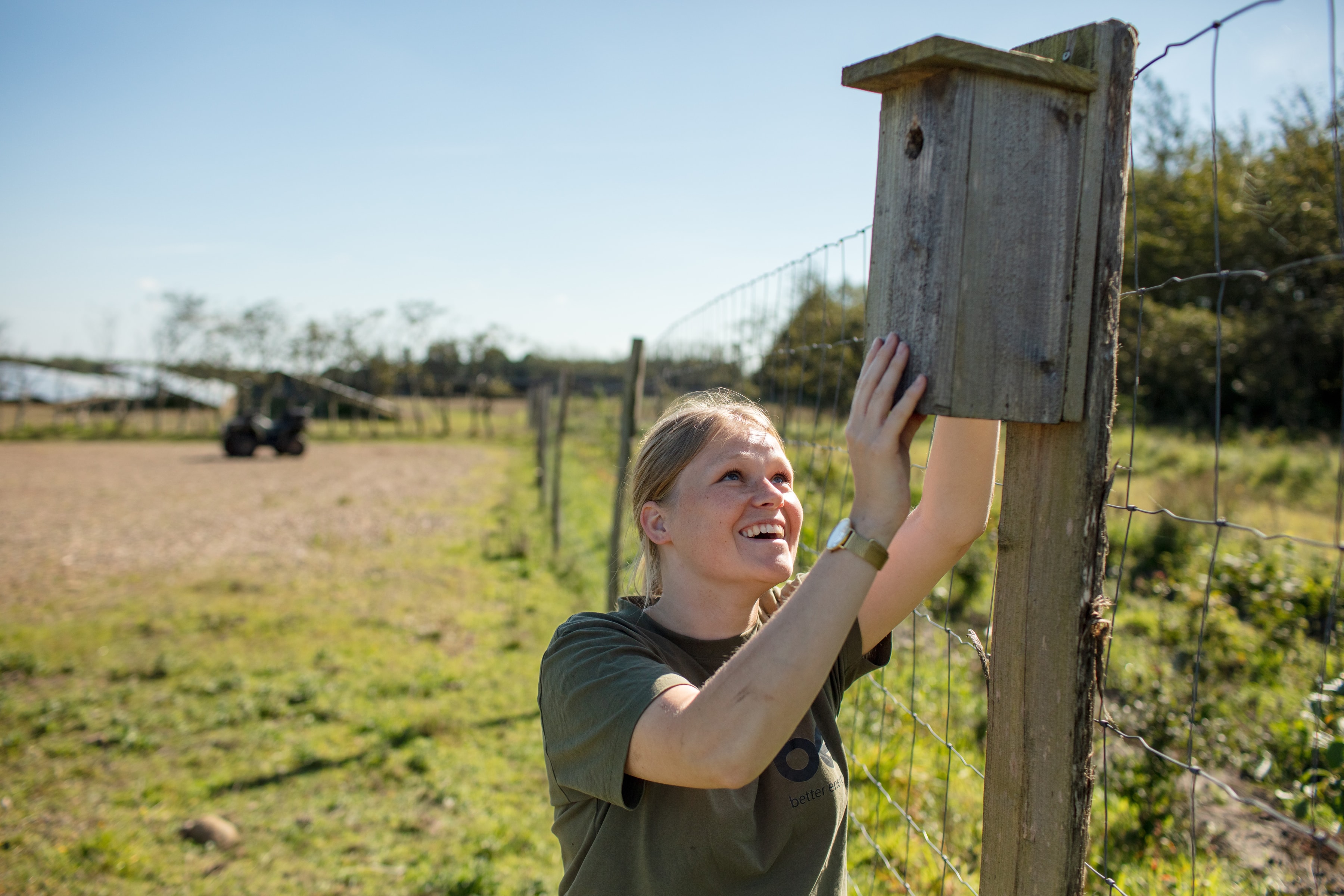
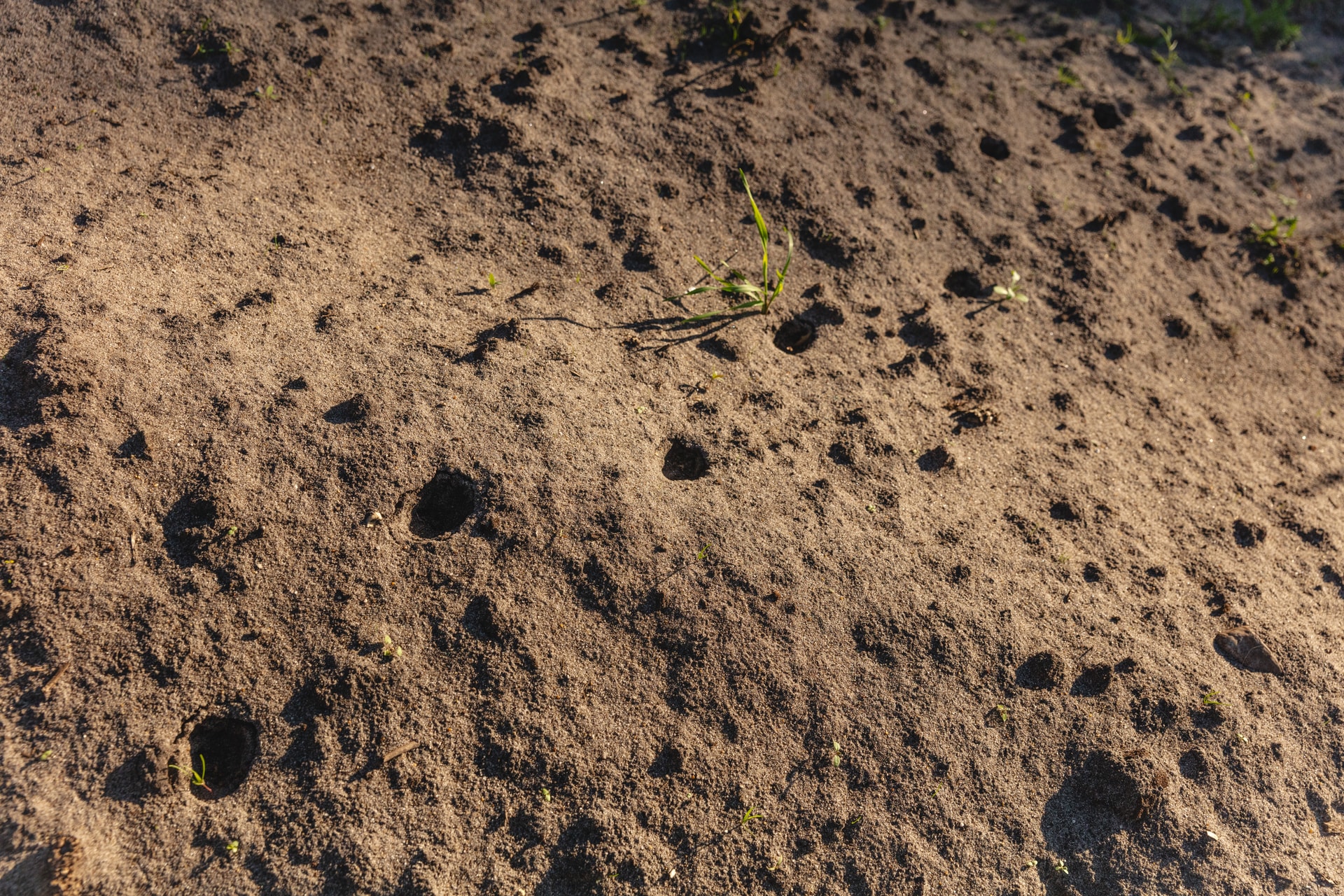
Banks and hills
An insect bank is a permanent, raised, uncut grassy bank or bare earth hill. It provides habitat during winter for invertebrates like bees, beetles, and spiders. Through the spring and summer, they will spread out onto the surrounding land.
